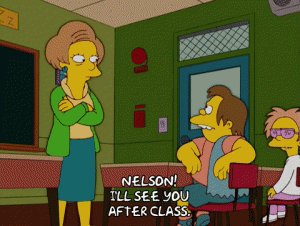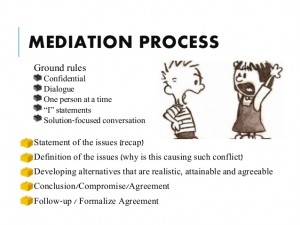You can’t do what you’ve done in the past. The education system was created to meet the needs of the Industrial Revolution. Unfortunately, it seems that education still primarily exists to meet a country’s economical needs. Divergent thinking is the ability to think outside of the box. Sir Robinson showed us that based on a longitudinal study, divergent thinking decreases the longer a student is in the education system. Students are taught that there is only one correct answer. Therefore, schools stifle creativity. This benefits a country because it produces a group of young people that will not question societal norms, but conform to it.
We are living in a society where our students are increasingly stimulated by technology etc, yet we expect children to then sit for hours in a classroom with no prospect of recess. Sir Robinson states that as standardized tests increase, so does the diagnosis of students with ADHD. Therefore, he states that we are getting our students through education by anesthetizing them, rather than waking them up to realize what’s inside of themselves.
The concept that education system kills creativity is not a new one. However, we have not found a solution yet. No matter how much funding has been used to bring back art programs, there is still a major push to focus on standardized tests. So much so, that within every subject area (including art), teachers are expected to tie in standardized test standards. I propose the opposite. Instead of tying in core curriculum into extra curricular classes, hold teachers accountable for implementing carious forms of the arts in core classes. There is a plethora of research that shows that students can retain information through various avenues, including poetry and singing. Students will also perform better after some exercise. A colleague of mine started a program in California where they incorporate math into a PE class. This resulted in students not only performing well in math, but believing in themselves and their ability to grasp a seemingly difficult subject.
As a School Counselor, I always feel bad deep down inside when I hear a parent state that they will put their child on ADHD medication. I believe that if the student was paired with creative teachers that engaged them in a more aesthetic based curriculum, perhaps the student would not need the medication.
My challenge to all educators: do not anesthetize your students, encourage divergent thinking, find alternative ways to engage your students with reading and math based assignments, embrace the arts and the individual creativity that each child posses.

